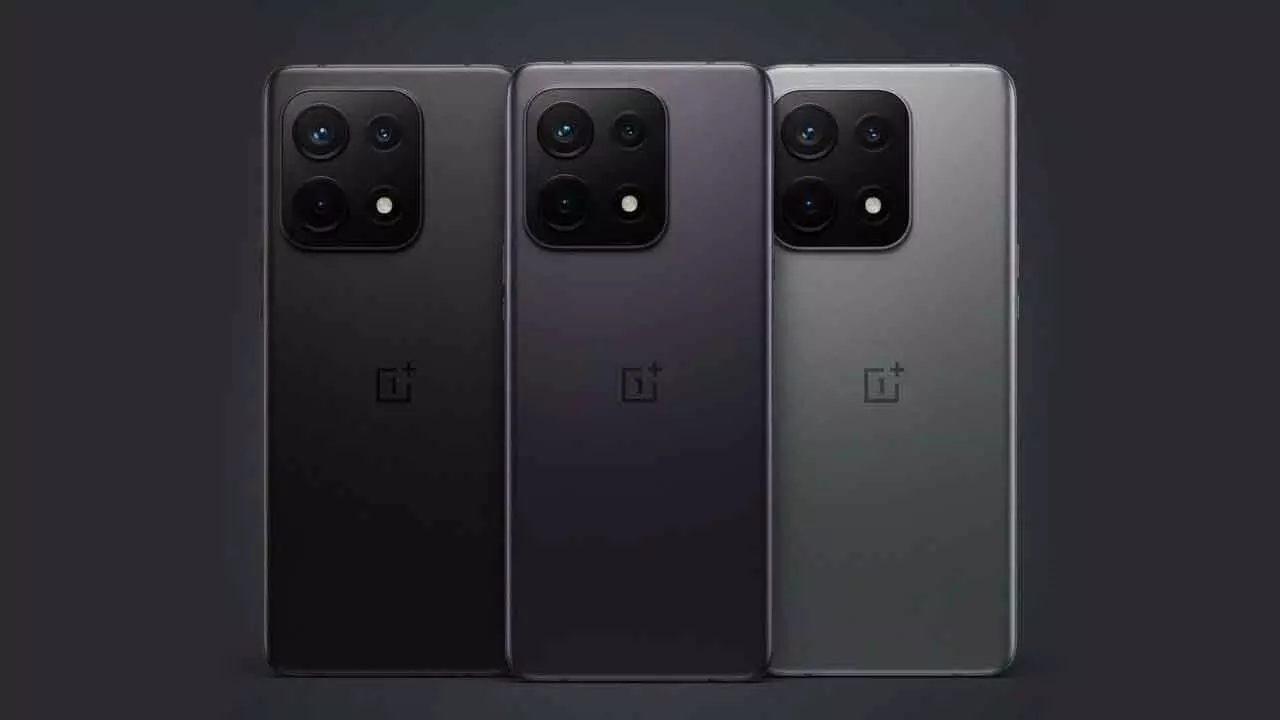Realme GT 8 Pro Teams Up with Ricoh to Redefine Mobile Photography
Realme GT 8 Pro brings Ricoh GR expertise to smartphones with Street Mode, Snap Focus, and film-like color tones for stunning mobile photography.
image for illustrative purpose

The forthcoming Realme GT 8 Pro smartphone is going to introduce the world of mobile photography to a new dimension through collaboration with Ricoh Imaging, the manufacturer of GR compact cameras, that combines the knowledge of both companies. Originally announced back in October, the cooperation is a major step for Ricoh into the realm of smartphone imaging, with a promise of a legendary GR line-like experience.
After four years of work, the Realme-Ricoh alliance is going to provide real, film-like tones as well as accurate color reproduction even in the case of mobile photography. Makers of photos, street photographers, and hobbyists who take great care of texture, tone, and instant capture might appreciate this as a great improvement compared to the ordinary smartphone cameras.
The GT 8 Pro is equipped with a camera system made together with Ricoh Engineers. The main lens group uses high-transparency optical glass and multi-coating treatments to cut down on flare and ghosting, thereby delivering clearer edge-to-edge sharpness and preserving microcontrast even in difficult lighting conditions.
This newly created lens arrangement protects the photos clicked against the sun from the loss of texture and detail, which is the main disadvantage of smartphone cameras. The common result that these cameras produce is flat, over-smoothed images, and thus, they are often beset with this problem.
A major advantage is the utilization of Ricoh's color science. The GT 8 Pro provides five GR-like image tones: Standard, Positive Film, Negative Film, Monotone, and High-Contrast Black and White. Every mode alters saturation, contrast, and highlight roll-off for one-of-a-kind visual expression, very much like the Ricoh's GR III cameras in terms of aesthetics.
The users can now get JPEG results similar to those from a camera right from the device itself, thus eliminating the necessity of post-processing apps to a great extent. Positive Film gives intense colors but still controls them, meanwhile, Negative Film gives the picture a contrast that is less defined thus resulting in a warmer, nostalgic look.
The GT 8 Pro has a special Street Mode, focusing on street photography just like the GR cameras did. The user interface is designed in such a way that it has very few on-screen distractions giving the user a clear viewfinder. The main exposure controls appear only when they are needed so that the user's attention can be solely on composition.
The Snap Focus function which the GT 8 Pro has taken from the Ricoh's GR system allows the setting of focus distances beforehand for immediate capturing, thus the delayout of autofocus is completely removed. This feature is especially beneficial for quick-moving subjects or casual street shooting, offering a very responsive shooting experience that is hardly obtainable in smartphones.
Rather than having to rely on various lens modules, the GT 8 Pro is limited to two main focal lengths: 28mm and 40mm equivalents. The 28mm lens which is wider lets the user take in the whole scene whereas 40mm gives a natural viewpoint for portraits and also the detailed subjects. Ricoh-assisted digital cropping guarantees sharpness, tonal consistency, and organic contrast without HDR over-processing.
Ricoh's assistance was there for the calibration of the smartphone sensor and the imaging processing. The 50MP IMX890 sensor of the smartphone has been set by Sony to give the natural tonal depth a priority over AI-based enhancement. The images, thus produced, keep the shadow details, render the skin tones accurately, and have smooth transitions of highlights, even in cases of backlighting or low-light conditions.

